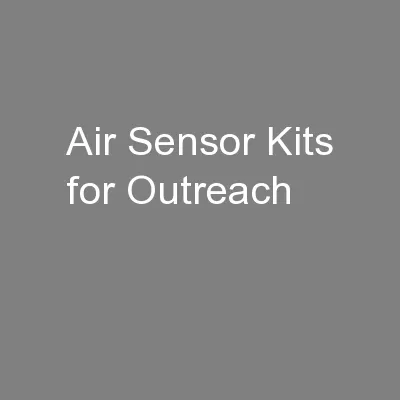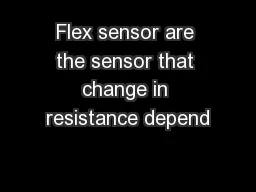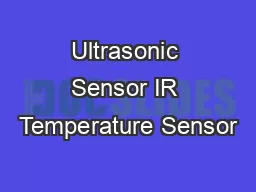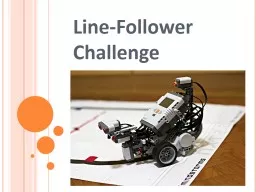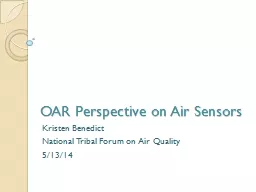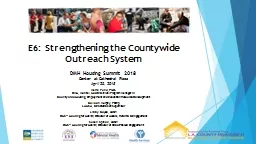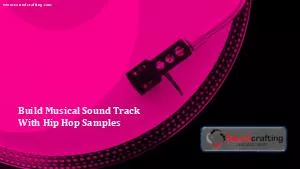PPT-Air Sensor Kits for Outreach
Author : alexa-scheidler | Published Date : 2016-03-15
Dana Buchbinder and Gayle Hagler US EPA Office of Research and Development 2014 National Air Quality Conference Durham NC The EPA scientist role in Science Technology
Presentation Embed Code
Download Presentation
Download Presentation The PPT/PDF document "Air Sensor Kits for Outreach" is the property of its rightful owner. Permission is granted to download and print the materials on this website for personal, non-commercial use only, and to display it on your personal computer provided you do not modify the materials and that you retain all copyright notices contained in the materials. By downloading content from our website, you accept the terms of this agreement.
Air Sensor Kits for Outreach: Transcript
Download Rules Of Document
"Air Sensor Kits for Outreach"The content belongs to its owner. You may download and print it for personal use, without modification, and keep all copyright notices. By downloading, you agree to these terms.
Related Documents

